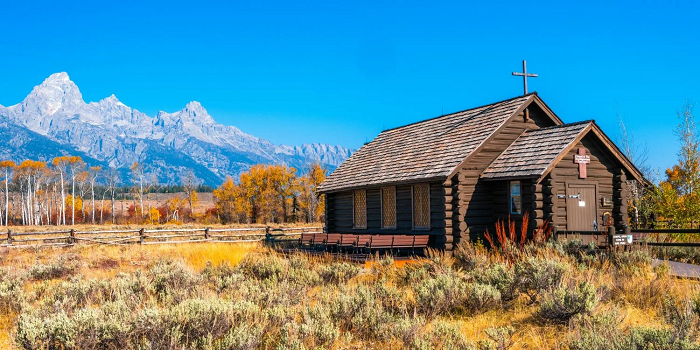As one of Wyoming’s nicknames, the “Cowboy State,” suggests, ranching has historically been important to the state both economically and culturally.
The state’s grasslands are well suited to livestock production, and more than two-thirds of the state’s land is devoted to livestock grazing. Cattle breeding is dominant; it accounts for more than two-thirds of Wyoming’s agricultural economy. Pig and sheep production is also significant.
Wyoming’s primary crop-growing areas are in the southeast and the Bighorn and Wind River basins. The state has fewer than 10,000 farms due to low annual rainfall in its western part. Hay consumed by livestock makes up the majority of the state’s cropland. Wyoming’s most valuable export grain crop is wheat; other important crops include oats, barley and maize (maize). Wyoming is also a major producer of sugar beets, dry beans (including great northern and pinto beans), and potatoes. About three-quarters of all Wyoming’s cropland is irrigated.




